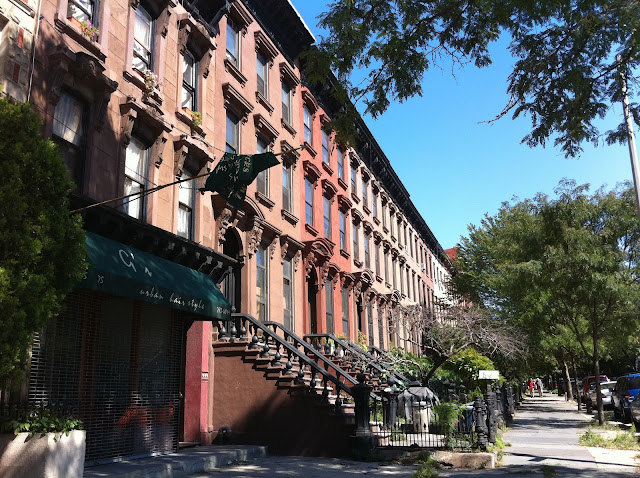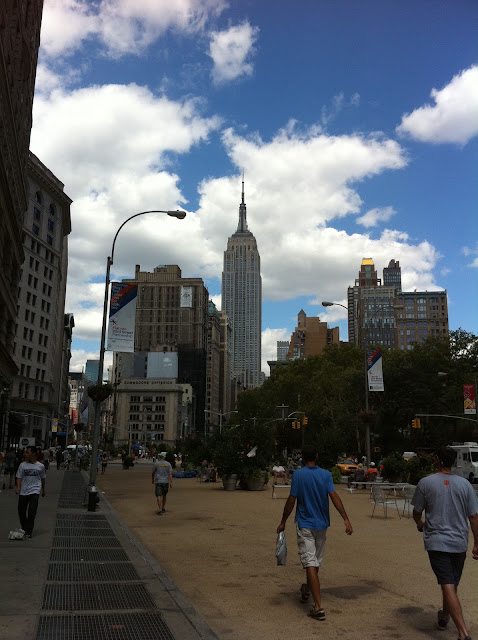Search This Blog
A strolling guide to New York City and beyond by writer and photographer Teri Tynes. The site was most active in the years 2007-2021 and is no longer updated.
Posts
Showing posts from September, 2010
The Spanish Civil War in the Lost & Found: The Mexican Suitcase at the ICP
- Get link
- Other Apps
When the Bowery was Skid Row: Lionel Rogosin’s On the Bowery (1957)
- Get link
- Other Apps
From the East Village to Chelsea Market: A Zigzag Walk by Intersections
- Get link
- Other Apps
A Walk Among the Brownstones of Brooklyn
- Get link
- Other Apps
14 Useful Mobile Apps for Walking New York City
- Get link
- Other Apps
Scenes from a Walk on a Windswept Afternoon
- Get link
- Other Apps






